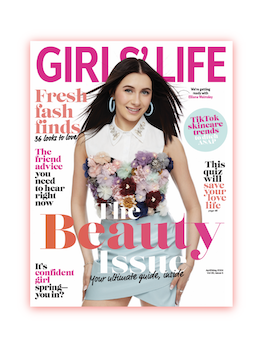HEALTH
Wellness
Are you applying the right amount of sunscreen?
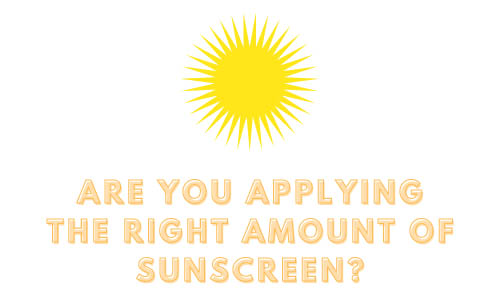
Sunscreen boasts obvious benefits such as decreasing the risk of sun damage, fighting against skin cancer and helping to fight hyperpigmentation. Although lathering your body with sunscreen may have seemed like a good idea in the past, a little actually goes a long way. Your body simply needs a two-finger system to apply the product effectively.
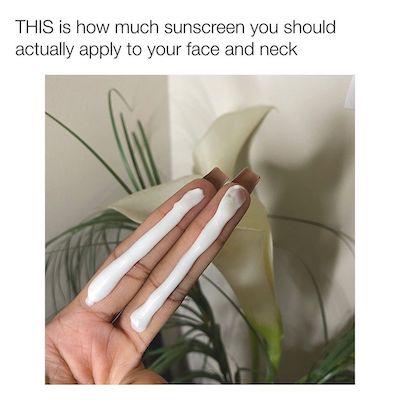
Image: Instagram.com/makeupforwomenofcolor
Even if you are mindful of the amount of protection your sunscreen has, you will decrease its effectiveness by up to 75 percent if you are unaware of how much to use. According to research from WebMD, the two-finger rule should be applied to 11 different areas of the skin.
- Head, neck, face
- Left arm
- Right arm
- Upper back
- Lower back
- Upper front torso
- Lower front torso
- Right upper leg/ right lower thigh
- Left lower leg/ right upper thigh
- Left lower leg/ left foot
- Right lower leg and right foot
Each area of the body should be applied using ¼ or ½ a teaspoon of sunscreen squeezed directly from the tip to the end of your index finger and middle finger.
Two finger rule @MakeupForWOC pic.twitter.com/segAGfdj2o
— SPF Emi (@DulaneyE) August 20, 2020
And sunscreen should be used for Black people too. According to licensed New York Esthetician Tiara Willis, Black girls should still use sunscreen relentlessly to fight against hyperpigmentation, a common skin concern for the community. The advocate for the two finger rule shared on her Instagram platform, “UV rays trigger melanin stimulating hormones from the brain which induce melanogenesis. So yes black people, we NEED sunscreen for this reason. If you’re fighting melasma, post-inflammatory hyperpigmentation, sun damage — all of your serums are going to waste without this important step."
Applying the right amount of sunscreen is essential and your skin will thank you later.
Need to find the perfect sunscreen that won't leave a lasting white residue? Here are 3 universally friendly sunscreens to use as you tackle the two finger method.

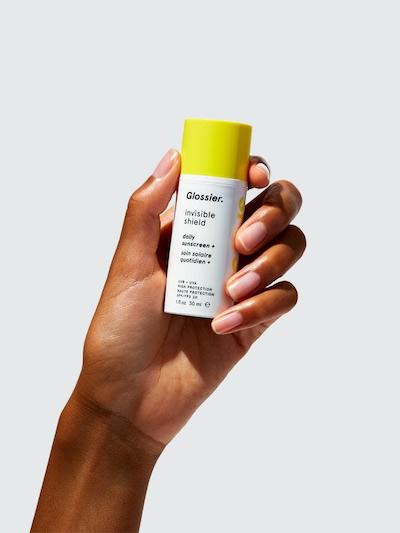
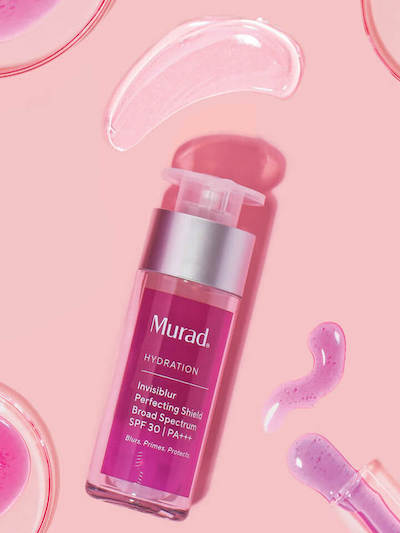

 become a contributor
become a contributor
